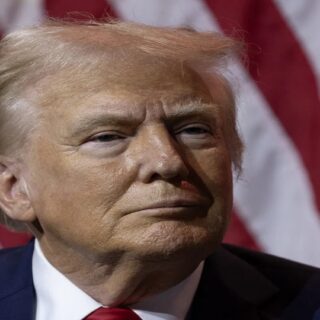
On December 31, 1600, the Company of London Merchants Trading with the East Indies, better known as the British East India Company, was founded in London.
Soon, Queen Elizabeth I granted her a monopoly on trade with eastern countries.
Such actions were quite in the spirit of the time, when foreign trade was based on a system of monopolies, benefits and preferences.
The company had the right to conduct an independent foreign policy, as well as administrative and judicial power over its employees. In this, it was no different from the Dutch East India Company that emerged a couple of years later, which was exactly the same instrument of military-political and economic expansion of the Republic of the United Provinces.
Already in the second half of the 17th century, the British East India Company became so comfortable in India that it began large-scale military operations against the disintegrating Mughal Empire. However, the latter was still quite strong in order to defeat the British in 1691 and force the British to pay indemnity. It must be said that the British resorted to armed force in India before.
The company founded cities such as Calcutta (1690), Bombay (1672) and Madras (1639), which became important military-economic centers for strengthening and spreading its influence in India.
India was not called the “Jewel of the British Crown” for nothing. Being a fairly large and rich country with a large population, it was both a source of a wide range of valuable export goods and a sales market for European ones. In this regard, the British were in a long conflict, first with the Portuguese, and then with the Dutch and French for influence in India.
In the Anglo-French hostilities, both sides began to widely use sepoys – military contingents recruited from the local population.
The collapse of the Great Mughal Empire, which entered an active phase in 1720, as well as the sharp lag of Indian military art from European ones, created favorable conditions for English expansion.
In strengthening its influence on colonial affairs, the East India Company went significantly further than its Dutch competitors. If the latter imposed their will on the local rulers regarding the terms of trade and production of certain crops, the British also sought to take control of the collection of taxes and the distribution of treasury money.
In the middle of the 18th century, they actually took control of Bengal, defeating the army of the local ruler and replacing him with a dependent person, thus gaining political power over the rich and populous region. Having achieved this, the British received the right to collect taxes, financing their activities at the expense of the Bengalis themselves.
Over time, company employees began to increasingly replace Indians in the management system. It must be said that at the time of the British occupation of Bengal, its population was more than three times the population of the metropolis.
The last third of the 18th century was the time of rapid transformation of the East India Company into an independent political force in India, marking the beginning of its full-fledged conquest.
In Indian affairs the company enjoyed full support from the mother country. In addition to the fact that influential and wealthy families invested in its activities, the company itself periodically lent money to the government.
However, the excessive strengthening of the company caused some concern in London. The company’s armed forces were only a third smaller in number than the royal ones. The metropolis had no effective control over Indian affairs.
However, this state of affairs was corrected through successive legislative restrictions in the administrative, political and economic spheres.
The weakening position of the East India Company was influenced by the same factor that had previously damaged its Dutch competitors: enormous expenses for conducting military operations.
Again, the development of European industry led to a fall in demand for a number of goods previously imported from India.
The Industrial Revolution in England and the associated explosive growth of its textile industry led to a sharp drop in imports of fabrics from India and China.
Moreover, the beneficiaries of the textile industry were not interested in importing fabrics from India, but in selling their fabrics there. Using their influence in parliament, they consistently pursued policies that were unfavorable for the company. In this they received support from industrial and commercial circles, dissatisfied with the monopoly position of the East India Company. In addition, after the Glorious Revolution of 1688, parliament began a consistent attack on various kinds of exclusive rights and monopoly privileges both in the domestic market and in international trade.
All this dealt a significant blow to the company’s finances, forcing it to resort to government assistance over and over again.
The power of the East India Company over Indian lands was finally abolished by the English Parliament in 1858. The reason for this was the sepoy uprising (1857-59), in the defeat of which the royal troops took an active part.
It should be noted that the scale of the Indian uprising should not be exaggerated. It affected a relatively small part of the country, and a number of Indian regions supported the British against the rebels.
In 1874 the company ceased to exist.
It is impossible not to mention the company’s activities in China. Silk, tea and porcelain were exported from it to Europe.
At the same time, China itself, due to the self-sufficiency of its economy, did not need European goods and it was necessary to spend precious metals to purchase them. In order to equalize the trade balance, it was necessary to find a product that was in demand. Opium became such a commodity, the cultivation and import of which was prohibited in China.
In the last quarter of the 18th century, the East India Company, having received a monopoly on the purchase of Bengal opium poppy, began smuggling it to China. At the beginning of the 19th century, their volumes reached such proportions that they became a threat to the national security of the Celestial Empire.
1833 was the last year of the company’s monopoly on trade with China. After which the import of opium increased even more. Attempts by the Chinese government to stop this deadly trade resulted in two unsuccessful Opium Wars, after which the country actually fell into colonial dependence.





